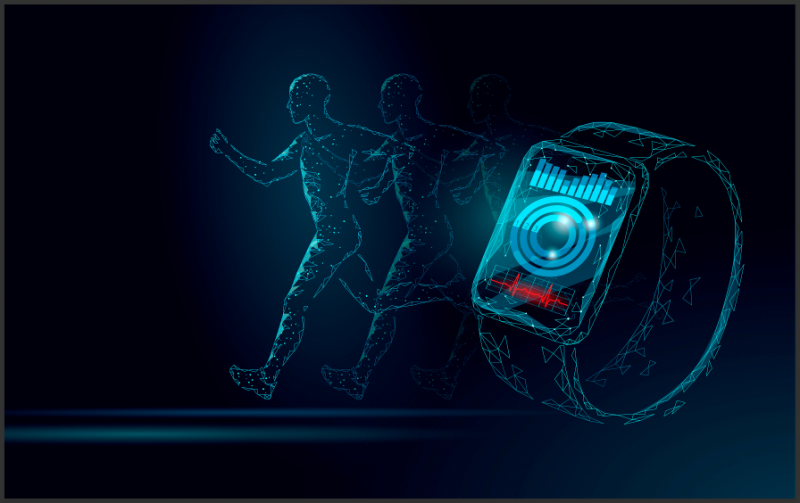
In stroke rehabilitation, performing aerobic and stepping exercises at a higher intensity and frequency within a critical time period can boost the recovery and improve the quality of life of patients, according to the results of a phase II trial.
Seventy-five patients were randomly assigned to three groups (25 each). The control group underwent the usual physical therapy, typically 1-hour sessions performed 5 days a week. The other two groups underwent higher doses of therapeutic exercise. Patients in the Determining Optimal Post-Stroke Exercise [DOSE1] group performed 1-hour sessions, 5 days/week, of more than double the intensity of control therapy. On the other hand, those in the DOSE2 group did 2 hours, 5 days/week, of more than quadruple the intensity of control. The intervention lasted 4 weeks.
Compared with controls, patients who performed higher exercise doses exhibited greater walking endurance (DOSE1: mean change, 61 m; p=0.02; DOSE2: mean change, 58 m; p=0.03) at the end of the intervention. The DOSE2 group also showed significant improvements in gait speed (5-m walk).
Quality of life (EQ-5D-5 L) was substantially better in both DOSE1 and DOSE2 than in control. More importantly, the observed improvements in walking endurance from the DOSE intervention were retained during the 1-year follow-up period over usual care.
The present data provide the first preliminary evidence that higher doses of aerobic and stepping activity within a critical time period for neurological recovery are beneficial to stroke patients, researchers said.
Using low-cost commercially available wearable sensors to monitor and set intensity targets is said to enable the replication and implementation of the study’s exercise protocol.